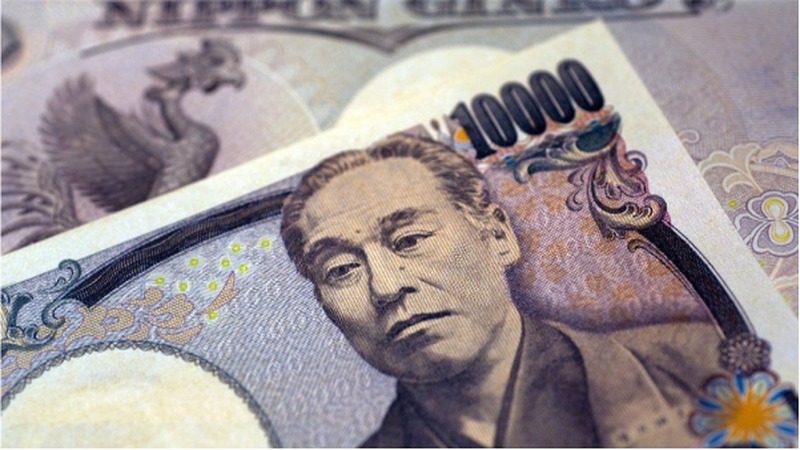Improved Fundamentals Signal Yen Resurgence in 2025
The Japanese Yen is poised for renewed strength in 2025, supported by a confluence of improving economic fundamentals, policy shifts, and global market dynamics. The International Monetary Fund (IMF) recently revised upward its economic growth forecast for Japan in 2025 to 1.1%, a significant pick-up from just 0.1% in 2024 and higher than earlier projections made in July. The improved forecast reflects factors such as an expected rise in real wages which will boost private consumption, despite challenges from U.S. trade policy uncertainty and weak external demand. The IMF’s World Economic Outlook also projects Japan’s economy to maintain growth momentum in 2026, albeit at a slower pace of 0.6%, still up slightly from prior estimates.
BOJ’s Historic Policy Shift Drives Yen Strength
Central to the yen’s strength is the Bank of Japan’s (BOJ) monetary policy stance. After exiting a decade-long period of vast monetary stimulus, the BOJ raised rates from 0% to 0.5% in early 2025, marking a historic shift toward normalization as inflation has comfortably exceeded the long-targeted 2% level. The IMF expects the BOJ to continue a gradual tightening path, raising rates further toward a projected neutral level of about 1.5%. BOJ Governor Kazuo Ueda has emphasized readiness to continue rate hikes as economic recovery solidifies, which markets are already pricing in. The narrowing yield gap between Japan and other major economies, notably the U.S., is reducing previous incentives for yield-seeking capital to flow out of yen-denominated assets, underpinning renewed demand for the currency.

Core Inflation Rate,Statistics Bureau of Japan
Strong Growth and Trade Deal Stability Bolster the Yen
Japan’s economic performance further supports yen strength. The economy expanded an annualized 2.2% in the second quarter of 2025, thanks to resilient capital expenditures and increased exports, including automakers accelerating shipments to preempt U.S. tariffs. While the IMF acknowledges some export weakness stemming from tariff pressures, a recent trade agreement with the U.S. has significantly reduced these concerns. Under the agreement, Washington reduced automobile tariffs and committed to imposing no additional levies in return for Japan’s $550 billion investment commitment. The trade agreement enhances stability in Japan’s export sector and strengthens trade surplus expectations, both traditionally favorable factors for the yen.
The Yen’s Enduring Appeal as a Global Safe Haven
The yen continues to maintain its safe-haven currency status. During periods of global market turbulence or geopolitical uncertainty, investors have traditionally turned to the Japanese yen for its relative stability, driving currency appreciation. The safe-haven characteristic, alongside strengthening domestic economic fundamentals and an evolving monetary policy environment favoring tighter conditions, establishes a comprehensive foundation for yen strength.
Chart Outlook Points to Continued Upward Momentum
The prevailing trend remains bullish. Following a consolidation phase between April and July 2025, the pair embarked on a robust upward trajectory. The bullish momentum is evidenced by the price repeatedly establishing higher highs and higher lows, while trading significantly above its key moving averages, all of which are angled upward. A definitive daily close above the 153.30 resistance level would signal the end of the recent pullback and confirm the resumption of the primary uptrend. Such a breakout could attract renewed buying momentum, paving the way for an advance toward the 155.00 level and possibly the 156.52 resistance target.

USDJPY Daily Chart



